Bruce F. Torrence978-0-511-51624-5, 978-0-521-71789-2
Table of contents :
Cover……Page 1
Half-title……Page 3
Title……Page 5
Copyright……Page 6
Contents……Page 9
Preface……Page 11
1.2 The Basic Technique for Using Mathematica……Page 15
1.4 Commands for Basic Arithmetic……Page 16
1.5 Input and Output……Page 17
1.6 The BasicMathInput Palette……Page 18
1.7 Decimal In, Decimal Out……Page 20
1.8 Use Parentheses to Group Terms……Page 22
1.9 Three Well-Known Constants……Page 23
1.10 Typing Commands in Mathematica……Page 24
Numerical Approximation and Scientific Notation……Page 25
Trigonometric Functions……Page 26
Logarithms……Page 27
Factoring Integers……Page 28
Plotting Functions……Page 29
Manipulate……Page 30
Square Root Function……Page 31
Extracting Digits from a Number……Page 32
Programming……Page 33
Naming Things……Page 34
1.11 Saving Your Work and Quitting Mathematica……Page 37
Why Does My Input Appear in Color as I Type?……Page 38
What Happens If I Use Incorrect Syntax?……Page 39
Text Cells……Page 41
Modifying the Stylesheet……Page 43
2.3 Printing……Page 45
2.4 Creating Slide Shows……Page 46
2.6 Converting a Notebook to Another Format……Page 47
Reevaluating Previously Saved Notebooks……Page 48
Referring to Previous Input……Page 50
Prefix Command Structure……Page 51
Typesetting Input—More Shortcuts……Page 52
Suppressing Output and Entering Sequences of Commands……Page 54
Getting Information on a Command whose Name You Know……Page 55
The Documentation Center……Page 56
2.10 Loading Packages……Page 57
Recognizing a Crash……Page 61
Mac OS Procedure……Page 62
Running Efficiently: Preventing Crashes……Page 63
3.1 Defining a Function……Page 65
3.2 Plotting a Function……Page 67
3.3 Using Mathematica’s Plot Options……Page 73
How to Get the Same Scaling on Both Axes……Page 74
How to Get the Axes to Intersect at the Origin……Page 75
How to Display Mesh Points……Page 76
How to Add Color and Other Style Changes: Graphics Directives……Page 77
How to Remove the Axes or Add a Frame……Page 78
How to Place Arrowheads on the Axes……Page 79
How to Add Grid Lines and Adjust Ticks on the Axes……Page 80
How to Add Labels……Page 82
Exclusions and Vertical Asymptotes……Page 84
Putting a Logarithmic Scale on One or Both Axes……Page 85
3.4 Investigating Functions with Manipulate……Page 90
Other Dynamic Display Commands……Page 97
3.5 Producing a Table of Values……Page 100
Manipulating a Grid……Page 104
3.6 Working with Piecewise Defined Functions……Page 108
3.7 Plotting Implicitly Defined Functions……Page 111
Superimposing Plots……Page 117
Producing Filled Plots……Page 120
Superimposing Graphics……Page 121
Graphics Side-by-Side……Page 123
Graphics in a Grid……Page 124
Drawing Tools……Page 126
Graphics Primitives……Page 128
3.10 Working with Data……Page 134
3.11 Managing Data—An Introduction to Lists……Page 140
3.12 Importing Data……Page 145
3.13 Working with Difference Equations……Page 156
4.1 Factoring and Expanding Polynomials……Page 161
4.2 Finding Roots of Polynomials with Solve and NSolve……Page 163
4.3 Solving Equations and Inequalities with Reduce……Page 171
4.4 Understanding Complex Output……Page 176
Solving Equations……Page 185
Simplifying Rational Expressions……Page 186
Formatting Output Using TraditionalForm……Page 187
Long Division of Polynomials……Page 188
Partial Fractions……Page 189
Simplifying Things……Page 190
Manipulating Trigonometric Expressions……Page 193
4.7 Solving General Equations……Page 197
4.8 Solving Difference Equations……Page 203
4.9 Solving Systems of Equations……Page 205
5.1 Computing Limits……Page 209
Producing and Simplifying Difference Quotients……Page 213
Average Rate of Change……Page 214
Instantaneous Rate of Change……Page 215
5.3 The Derivative……Page 216
5.4 Visualizing Derivatives……Page 219
5.5 Higher Order Derivatives……Page 220
5.6 Maxima and Minima……Page 222
5.7 Inflection Points……Page 229
5.8 Implicit Differentiation……Page 231
5.9 Differential Equations……Page 232
5.10 Integration……Page 236
Computing Definite Integrals……Page 241
Riemann Sums……Page 244
Computing Improper Integrals……Page 246
Some Integrals Are Bad……Page 249
5.12 Numerical Integration……Page 251
5.13 Surfaces of Revolution……Page 256
5.14 Sequences and Series……Page 260
6.1 Vectors……Page 265
The Dot Product and the Norm……Page 266
Rendering Vectors in the Plane……Page 267
The Cross Product……Page 269
6.2 Real-Valued Functions of Two or More Variables……Page 270
Plotting Functions of Two Variables with Plot3D……Page 271
Options for 3D Plotting Commands……Page 272
Plotting Functions of Two Variables with ContourPlot……Page 282
Plotting Level Surfaces with ContourPlot3D……Page 288
Graphics3D Primitives……Page 290
Differentiation of Functions of Two or More Variables……Page 294
Optimization……Page 298
Constrained Optimization……Page 305
Integration of Functions of Two or More Variables……Page 307
Parametric Curves in the Plane……Page 315
Parametric Curves in Space……Page 323
Parametric Surfaces in Space……Page 325
Polar Coordinates……Page 328
Cylindrical and Spherical Coordinates……Page 331
Integration in Other Coordinate Systems……Page 336
Plotting a Two-Dimensional Vector Field……Page 339
Divergence and Curl of a Three-Dimensional Vector Field……Page 342
Line Integrals……Page 344
Surface Integrals……Page 345
Entering Matrices……Page 349
Editing Matrices……Page 354
Referring to Parts of Matrices……Page 359
Gaussian Elimination……Page 360
7.3 Matrix Operations……Page 362
7.4 Minors and Cofactors……Page 365
7.5 Working with Large Matrices……Page 368
Nonhomogeneous Systems of Linear Equations……Page 372
Homogeneous Systems of Equations……Page 376
Using LinearSolve and NullSpace to Solve Nonhomogeneous Systems……Page 377
Span and Linear Independence……Page 378
Bases……Page 379
Rank and Nullity……Page 380
Orthonormal Bases and the Gram–Schmidt Process……Page 381
QR-Decomposition……Page 383
Finding Eigenvalues and Eigenvectors Automatically……Page 385
Finding Eigenvalues and Eigenvectors Manually……Page 388
Diagonalization……Page 389
7.9 Visualizing Linear Transformations……Page 390
8.1 Introduction……Page 399
8.2 FullForm: What the Kernel Sees……Page 400
Types of Numbers: Integer, Rational, Real, and Complex……Page 406
Displaying Numbers……Page 408
Precision and Accuracy……Page 412
8.4 Map and Function……Page 417
Functional Programming……Page 423
8.5 Control Structures and Looping……Page 428
Predicates……Page 430
Control Structures: If, Which, Piecewise……Page 433
Looping with While and For……Page 436
8.6 Scoping Constructs: With and Module……Page 438
Scoping and Dynamic Elements……Page 444
8.7 Iterations: Nest and Fold……Page 447
8.8 Patterns……Page 458
Index……Page 475
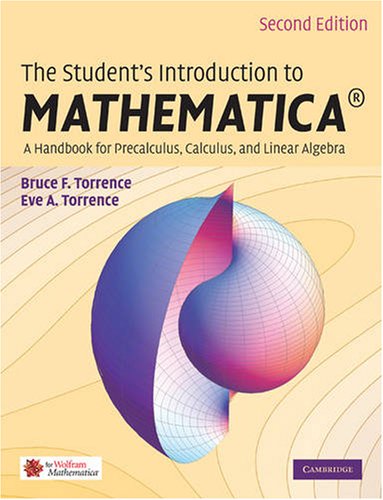

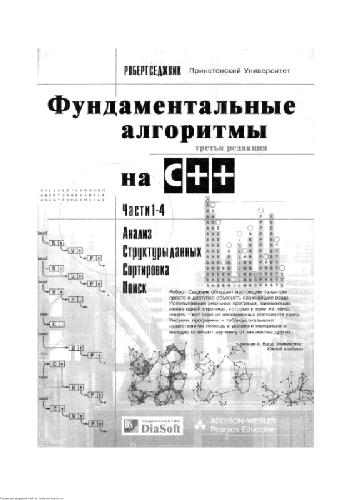
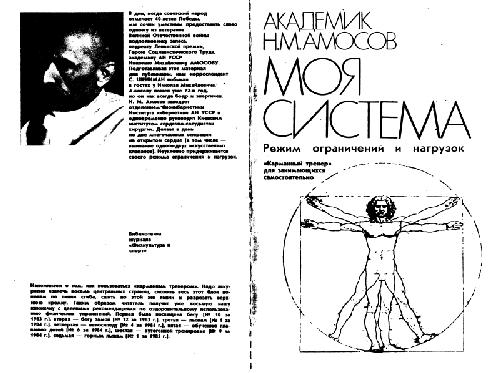

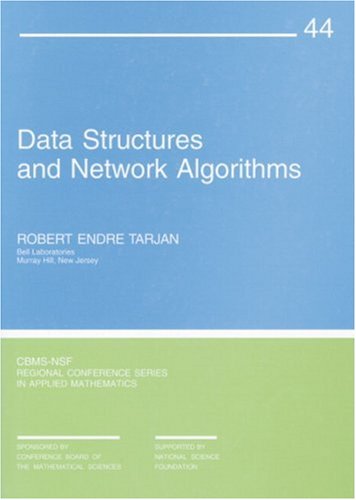
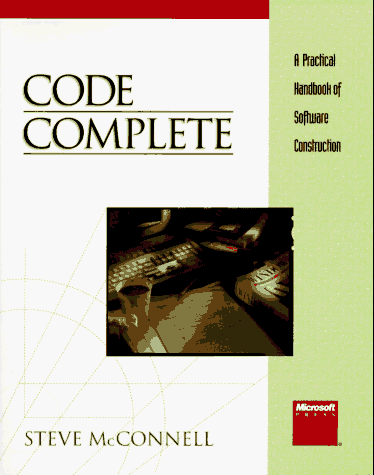
Reviews
There are no reviews yet.